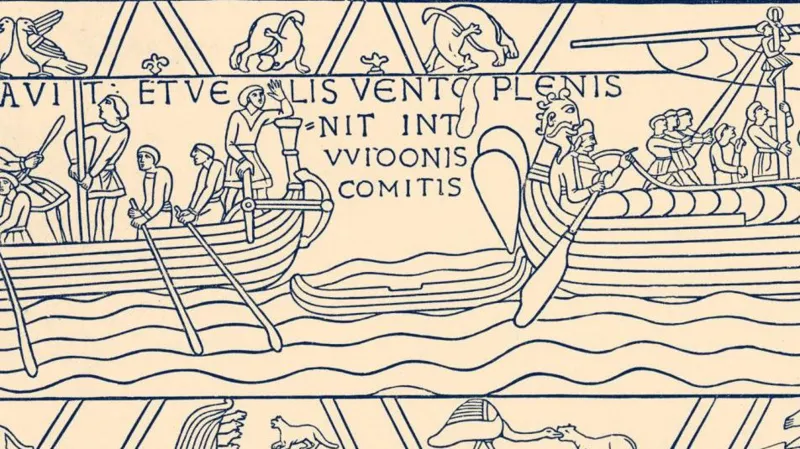A recent archaeological discovery in Bosham, Sussex, may have pinpointed the location of King Harold’s residence, all due to an unexpected clue—an indoor toilet. Experts believe this find provides compelling evidence of a high-status building, potentially the palace of the last Anglo-Saxon king of England.
The Significance of the Discovery
The structure, identified as a wooden building from the late Saxon period, was first unearthed in 2006. What sets it apart is the presence of a built-in latrine—a feature that was rare and typically reserved for the elite during that era.
Dr. Duncan Wright, a senior lecturer from the University of Newcastle, emphasized the importance of this finding. “Indoor latrines integrated into timber structures were exclusive to the highest ranks of society,” he explained in an interview with BBC Radio Sussex. “Around the 10th century, we start to see Anglo-Saxon en suites appearing in grand residences.”
Based on this evidence, archaeologists are increasingly confident that this site was home to King Harold, who ruled England before his defeat at the Battle of Hastings in 1066.
Connections to the Bayeux Tapestry
Further supporting this theory is the Bayeux Tapestry, a medieval artifact that chronicles the Norman Conquest. The tapestry appears to depict Harold sailing from Bosham, reinforcing the idea that this was his primary residence.
Additionally, the artwork includes scenes of Harold attending a feast and visiting a church, both of which scholars believe correspond to locations in Bosham. Dr. Wright pointed out that the church shown in the tapestry closely resembles the historic Bosham Church, which still stands today.
A Royal Legacy
This discovery not only sheds light on King Harold’s residence but also reinforces Bosham’s historical significance. “It was not only Harold’s principal residence but also that of his father before him,” Dr. Wright noted.
As research continues, this find adds a fascinating new layer to our understanding of England’s past—one shaped by power, conquest, and now, an ancient toilet that may have belonged to a king.







